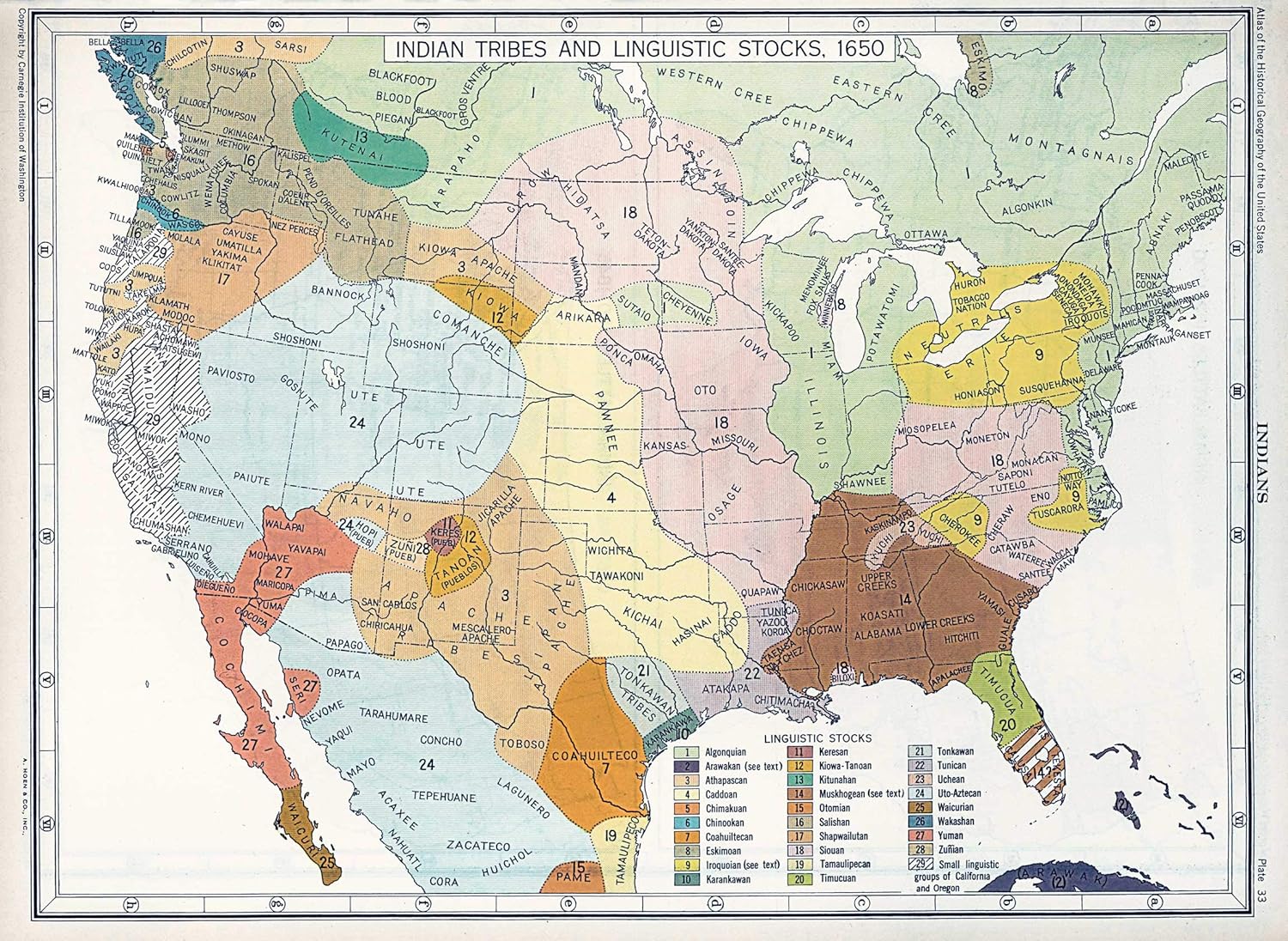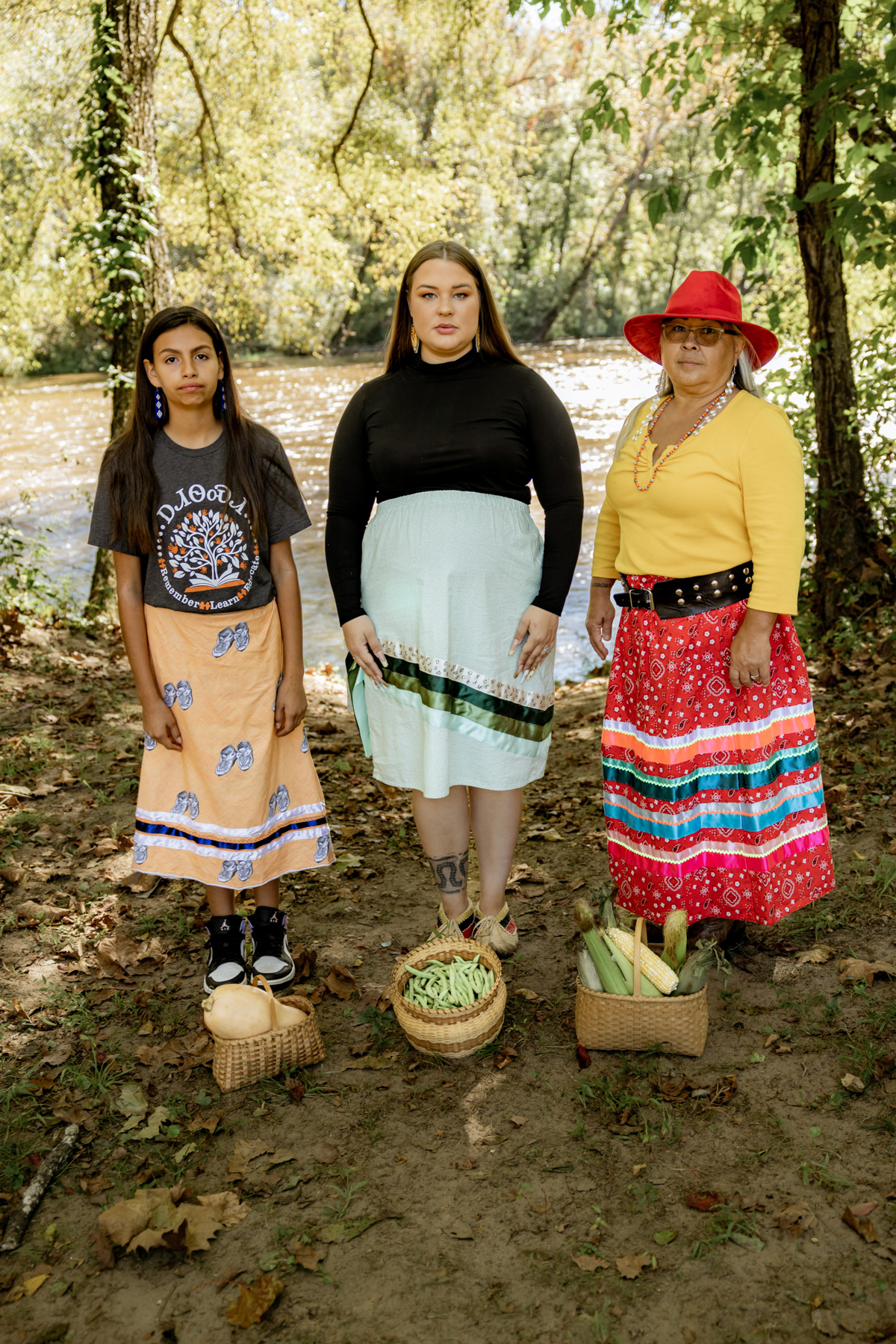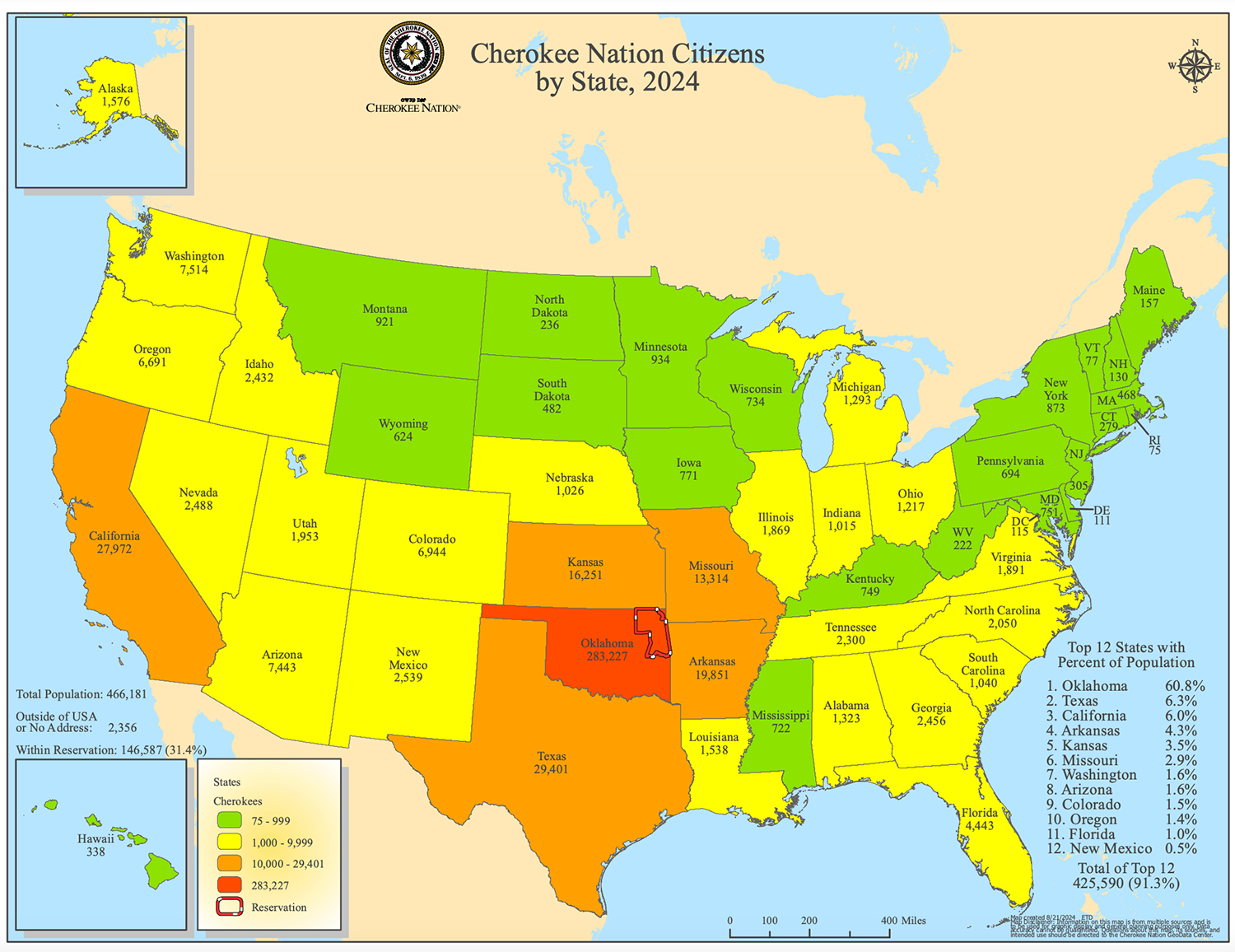
Echoes in the Mountains: A Deep Dive into Cherokee Ancestral Lands in Western North Carolina
The allure of travel often lies in discovering places that resonate with a history deeper than our own. For many, this means ancient ruins or storied European capitals. But for those seeking a profound connection to an enduring indigenous culture, a journey into the ancestral lands of the Cherokee Nation, particularly the territory now occupied by the Eastern Band of Cherokee Indians (EBCI) in Western North Carolina, offers an unparalleled experience. This isn’t just a scenic drive through the Blue Ridge Mountains; it’s an immersive passage through a landscape etched with centuries of resilience, spiritual connection, and vibrant living history, directly reflecting the rich tapestry depicted on Cherokee ancestral land maps.
Forget the superficial tourist traps. Our focus here is on understanding and experiencing the heartland of a people who have stewarded these mountains since time immemorial. These ancient maps, far from mere geographical outlines, represent a complex relationship with every river, peak, and valley – a relationship of sustenance, ceremony, and survival. Today, visiting places like the Qualla Boundary, home to the EBCI, offers a tangible link to this profound heritage, inviting travelers to move beyond observation and towards genuine engagement.
The Land Speaks: Where Mountains Meet Memory

The moment you enter the mountainous terrain of Western North Carolina, particularly around the town of Cherokee, the air changes. It’s crisp, carrying the scent of pine and damp earth, and the imposing presence of the Great Smoky Mountains National Park immediately sets a majestic tone. This isn’t just beautiful scenery; it is the physical manifestation of the Cherokee people’s original territory, a land so rich in resources and spiritual significance that its loss through forced removal became the profound tragedy of the Trail of Tears. The ancestral maps illustrate a vast domain, but here, in the valleys and high passes, you feel the tangible connection to what remains.
The Cherokee people, known as the "Aniyunwiya" or "Principal People," traditionally occupied a vast territory spanning parts of eight southeastern states. Their maps weren’t just about borders; they were living documents of hunting grounds, sacred sites, medicinal plant locations, and trade routes. Today, the Qualla Boundary, though a fraction of that original expanse, serves as a powerful testament to their endurance. Driving along the winding roads, one can almost hear the echoes of ancient footsteps, the rustle of leaves under moccasins, and the stories carried on the mountain winds. This is a land that breathes history, and understanding its significance transforms a simple scenic drive into a pilgrimage.
Oconaluftee Indian Village: Stepping Back in Time
One of the cornerstones of this immersive experience is the Oconaluftee Indian Village. More than just a museum, it’s a living history exhibit that transports visitors to an 18th-century Cherokee community. Here, skilled cultural interpreters, many of whom are members of the EBCI, bring history to life. You won’t find static displays; instead, you’ll witness the daily rhythms of Cherokee life before European contact.

Wandering through the village, you’ll encounter craftsmen demonstrating traditional arts. A woodcarver meticulously shapes a ceremonial mask, a basket weaver deftly interlaces river cane, and a potter fires clay in an open pit. Each demonstration isn’t just a display of skill; it’s a window into the self-sufficiency and ingenuity of the Cherokee people. You can observe the construction of traditional homes, from wattle-and-daub dwellings to the larger seven-sided council house, understanding the communal and spiritual aspects of their architecture.
The village’s interpreters are incredibly knowledgeable and eager to share their heritage. They explain the importance of medicinal plants, the agricultural practices that sustained their communities, and the intricate social structures that governed Cherokee life. It’s a place where questions are encouraged, and the answers often reveal layers of cultural depth that textbooks rarely convey. Visiting Oconaluftee is not merely observing history; it’s participating in a respectful reconstruction of a vibrant past, allowing one to better appreciate the culture that once thrived across the vast territories outlined in those ancestral maps.
The Museum of the Cherokee Indian: A Journey Through Resilience
Complementing the living history of the village, the Museum of the Cherokee Indian offers a comprehensive and emotionally powerful narrative of the Cherokee people, from their ancient origins to their modern-day sovereignty. This is a world-class institution that uses state-of-the-art exhibits, interactive displays, and a meticulously curated collection of artifacts to tell a story of innovation, loss, and incredible resilience.

The museum’s narrative begins with the Cherokee creation story, grounding visitors in their spiritual worldview. It then traces their sophisticated societal development, showcasing their advanced governance, legal systems, and cultural practices. Artifacts like intricately carved pipes, pottery, and weaponry offer tangible links to a civilization that flourished for millennia.
However, the museum unflinchingly addresses the darker chapters of Cherokee history, particularly the devastating impact of European contact, the series of treaties that systematically eroded their land base, and the forced removal known as the Trail of Tears. The exhibits here are designed to evoke empathy and understanding, not just present facts. The "Trail of Tears" exhibit, in particular, is a somber and moving experience, powerfully conveying the immense suffering and injustice endured by the Cherokee people. It underscores the tragic irony of their ancestral maps – detailing lands they knew intimately, only to be forcibly removed from them.
Yet, the museum doesn’t end in tragedy. It triumphantly showcases the enduring spirit of the Cherokee Nation, detailing their efforts to rebuild, maintain their language and traditions, and establish their sovereignty. It’s a powerful testament to cultural survival and revitalization, highlighting how the Eastern Band of Cherokee Indians has not only persevered but thrived, continuing to honor their ancestors and steward their remaining ancestral lands.
The Great Smoky Mountains National Park: Nature as Sacred Space
A visit to the ancestral lands would be incomplete without spending time in the Great Smoky Mountains National Park, a UNESCO World Heritage Site that overlaps significantly with original Cherokee territory. For the Cherokee, these mountains were not just a source of sustenance; they were a sacred landscape, imbued with spiritual power and home to countless stories and ceremonies.
Hiking through the ancient forests, along trails that may well have been trod by Cherokee ancestors, offers a profound sense of connection. The sheer biodiversity of the park, from its towering old-growth trees to its vibrant wildflowers and abundant wildlife, speaks to the richness that sustained the Cherokee for centuries. Waterfalls cascade down mossy rocks, rivers rush through valleys, and panoramic vistas unfold from mountain peaks, each a reminder of the unspoiled beauty that was central to their way of life.

Understanding the Cherokee perspective enhances the park experience immeasurably. A patch of ginseng isn’t just a plant; it’s a traditional medicine. A mountain spring isn’t just water; it’s a source of life and spiritual cleansing. The silent majesty of the ancient trees resonates with stories of creation and the interconnectedness of all living things. The ancestral land maps weren’t just about property; they were about a reciprocal relationship with a living, breathing landscape.
Engaging with Modern Cherokee Life: Sovereignty and Sustenance
Beyond the historical sites, it’s crucial to engage with the modern reality of the Eastern Band of Cherokee Indians. The Qualla Boundary operates as a sovereign nation, with its own government, police force, and infrastructure. Economic development, including the Harrah’s Cherokee Casino Resort, plays a significant role in providing resources for cultural preservation, education, and healthcare for its members. This is a testament to the Cherokee people’s adaptability and determination to secure their future on their ancestral lands.
Travelers are encouraged to support local Cherokee businesses, artists, and restaurants. This direct engagement fosters a deeper appreciation for their contemporary culture and contributes directly to the community’s well-being. Look for authentic handcrafted items, attend cultural performances, and be open to learning about their current endeavors in language revitalization and environmental stewardship. This isn’t just about honoring the past; it’s about respecting a living, vibrant culture that continues to evolve while staying true to its roots.
Respectful Travel: A Call to Consciousness
Visiting the ancestral lands of the Cherokee Nation is not a passive tourist activity; it’s an opportunity for conscious and respectful travel. Here are a few guidelines:
- Listen and Learn: Approach every interaction with an open mind and a willingness to learn from the EBCI community members.
- Ask Questions Respectfully: If you have questions about traditions or history, ask with genuine curiosity and respect.
- Support Local: Prioritize buying from Cherokee-owned businesses and artists.
- Leave No Trace: When exploring natural areas, adhere to Leave No Trace principles to protect the environment that is so sacred to the Cherokee.
- Acknowledge the History: Be mindful of the painful history of forced removal and colonization. Your visit is an opportunity to honor their resilience.
A Journey of Profound Connection
A journey through the ancestral lands of the Cherokee Nation in Western North Carolina is far more than a vacation. It’s an opportunity to connect with a living history, to walk where ancestors walked, and to understand the enduring spirit of a people who have faced immense challenges with unwavering strength. From the vibrant reenactments at Oconaluftee Indian Village to the poignant exhibits of the Museum of the Cherokee Indian, and the sacred beauty of the Great Smoky Mountains, every experience reinforces the profound significance of those ancestral land maps.
This is a trip that will deepen your understanding of American history, broaden your perspective on indigenous cultures, and leave you with a profound respect for the Cherokee Nation’s resilience, cultural richness, and ongoing legacy. It’s an invitation to listen to the echoes in the mountains, to feel the pulse of an ancient land, and to bear witness to a people who, against all odds, continue to thrive and tell their story on the land they call home.

